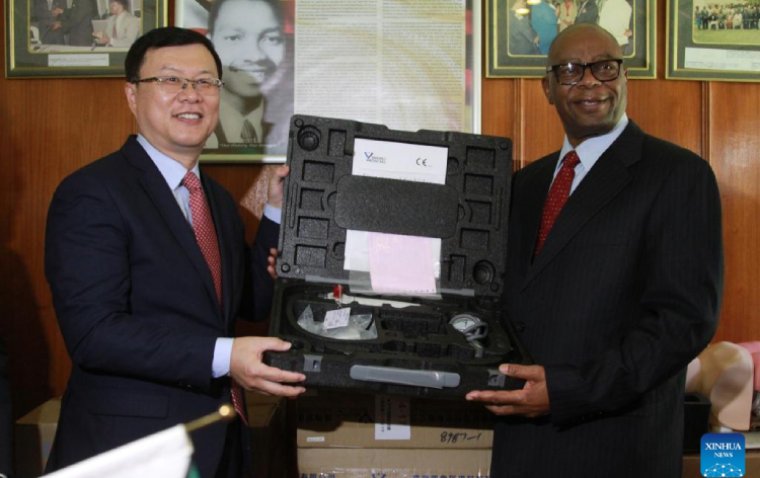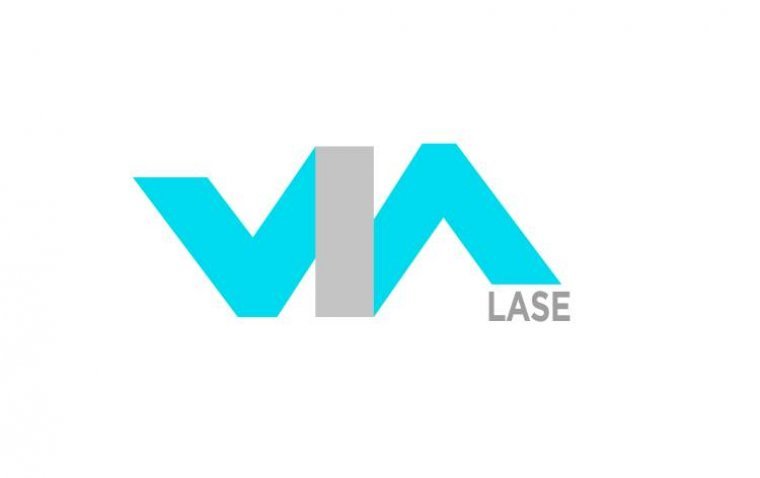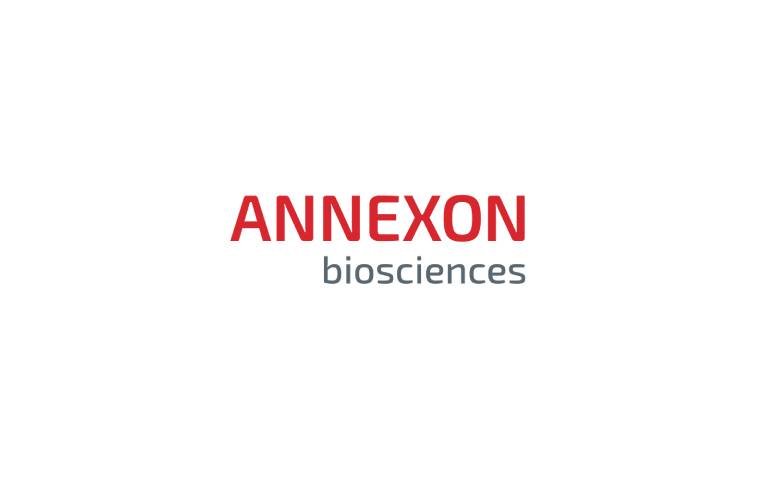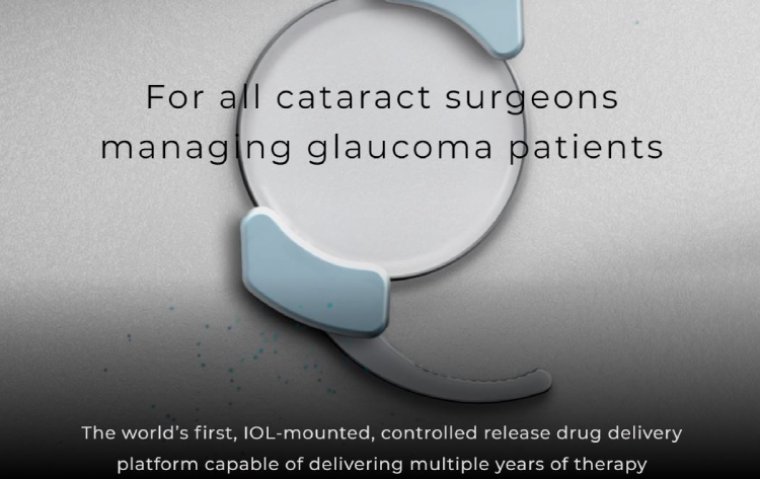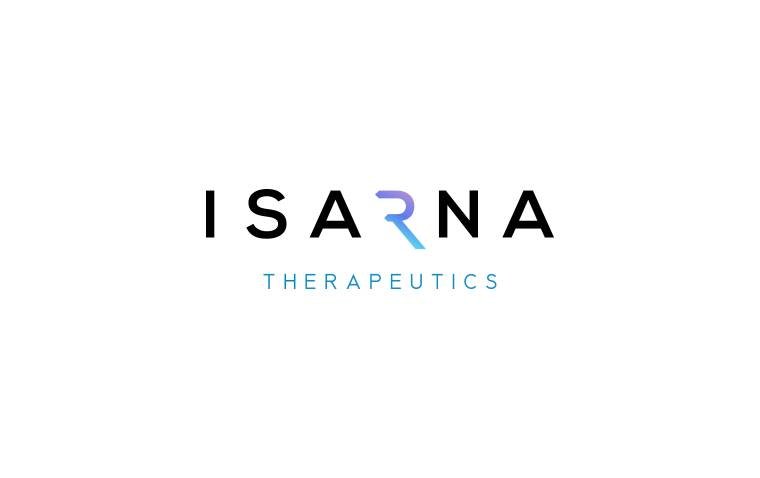
SalioGen Therapeutics Selects SGT-1001 as Development Candidate for Stargardt Disease
SalioGen Therapeutics announced the selection of SGT-1001 as a development candidate for Stargardt disease treatment, a rare inherited retinal disease. This innovative therapy, SGT-1001, is designed as a one-time, non-viral intervention aimed at slowing or halting the progressive central vision loss associated with Stargardt disease, across all mutation types.
Introducing Gene Coding™ Technology
SGT-1001 represents the inaugural application of SalioGen's Gene Coding™ technology, which allows for the precise integration of large or multiple genes into the genome without the need for double-strand breaks or guide RNA, potentially circumventing the safety concerns present in other genetic therapies.
"The nomination of SalioGen's first development candidate, SGT-1001, demonstrates many of the unique capabilities of our novel Gene Coding technology, including the ability to seamlessly integrate a gene as large as ABCA4 into the retina with a proprietary lipid nanoparticle," stated Jason Cole, CEO of SalioGen Therapeutics. "This milestone is an important step forward for SalioGen and for people living with Stargardt disease who currently have no treatment options. We look forward to completing IND-enabling studies for SGT-1001 in the second half of 2024 and aim to bring this potential one-time therapy to the clinic in the first half of 2025."
Therapeutic Approach and Preclinical Outcomes
The therapeutic approach of SGT-1001 involves a full-length ABCA4 gene construct and mRNA coding for the Saliogase™ enzyme, SalioGen's proprietary mammalian-derived bioengineered enzyme. The treatment utilizes a proprietary lipid nanoparticle delivered subretinally and requires only a single administration.
Promising preclinical outcomes have shown effective gene integration in photoreceptors and retinal pigment epithelium (RPE) cells, with significant ABCA4 expression leading to reduced lipofuscin A2E levels, a factor in macular degeneration. Optical Coherence Tomography (OCT) evaluations have confirmed the tolerability of the therapy in non-human primates, comparable to existing gene therapies administered through sub-retinal injection.
SalioGen is set to present the supporting preclinical data for SGT-1001 at the upcoming May 2024 annual meetings of the Association for Research in Vision and Ophthalmology (ARVO) and the American Society of Gene & Cell Therapy (ASGCT).
About Stargardt Disease
Stargardt disease is a genetic eye condition that leads to progressive vision loss, typically starting in childhood or adolescence. It is the most common form of inherited juvenile macular degeneration. The disease affects the macula, an area of the retina responsible for sharp, central vision, which is crucial for detailed tasks such as reading, driving, and recognizing faces. Stargardt disease is caused by mutations in the ABCA4 gene, which leads to the accumulation of lipofuscin in the retinal pigment epithelium. This buildup is toxic to retinal cells and results in the gradual deterioration of photoreceptors, leading to vision loss.
(1).jpg)



